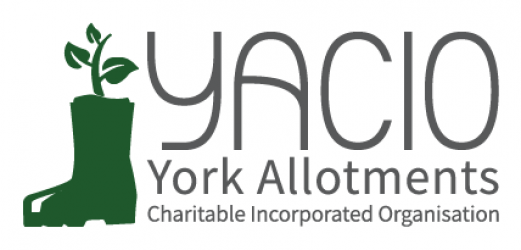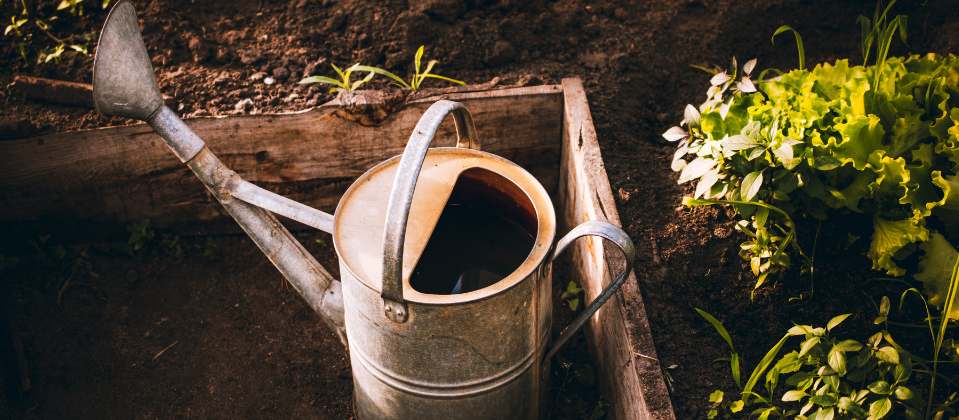It’s been wet, for sure; it’s been wet for months. We’ve probably all had a good grumble about that, and about the slugs having their most successful year ever as a consequence. But water scarcity is equally a feature of the climate emergency we are facing; perhaps the extremes and the unpredictability are the trickiest aspects to deal with.
So through the wet times, are you using systems to catch and store rain water? Some allotment sites make it a tenancy condition to have at least one water butt installed on each plot, to reduce usage of mains water. You may be thinking that there must be plenty of water around in the water network, but you are probably aware too of reports of the leaks in pipes and the lack of adequate reservoir catchments, so saving rain water has to be a central activity for sustainable gardening. And it takes a lot of energy to clean and to direct water into the mains supply anyway. Having water butts on your plot needn’t mean buying an expensive, new bit of specially made plastic kit; you can rig up a down flow from the roof of a shed or greenhouse and collect the rain in any large container.
An equally crucial consideration is how good your soil is at retaining water in order for your crops to grow well. That’s more important than spending time and labour carrying water to your plot – if your soil dries out quickly it’s a sure indication that it’s lacking in humus and in need of compost as a mulch or lightly hoed into the top of the soil prior to planting. And remind yourself to grown some green manures on any empty bed, and as beds are cleared over the next few months. That will help protect soil structure and stop it drying out. If your soil is in good condition, plants can access what they need through their roots. So soil care is, as ever, the prime consideration and the key gardening activity.
Remember that hose pipes should primarily be used only to fill water butts, not to water crops directly. Waving a hose pipe around is fun but incredibly wasteful: lots evaporates before it reaches either crop or the ground, and it’s important anyway to water the ground, not the crop above ground, so that the roots can take up what they need. Water splashing the leaves of crops can spread fungal diseases or cause fungal problems. Watering should be done early or late in the day, not in the middle of the day when a lot of moisture is lost through evaporation and it’s really just a waste of time as well as water. Using watering cans mean you can direct the water where it’s needed, or even make little ring reservoirs round thirsty big crops like courgettes and squashes, and for greenhouse crops that won’t get rained on.
Not all plants have the same needs for water anyway, so prioritise your time and your water. Young plants and transplants need gentle water, from the rose of a can, to allow the roots to settle and take up the moisture and nutrients required for growth. Most established plants don’t need watering unless a long drought persists. And if plants are well mulched then you won’t have to water as much or as often. So you can spend a pleasant quarter of an hour having a refreshing drink on your plot yourself!


